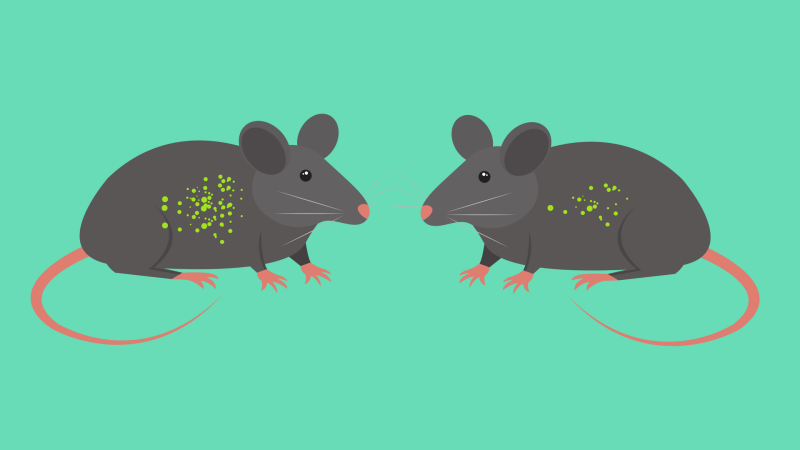
Ever since its emergence as a field of science in the 1980’s, Nanotechnology has seeped into every aspect of our lives. From embedded in toothpaste to materials space shuttles are made of, nanoparticles can be found on earth, on the surface and floating in the atmosphere. Accidentally consuming a few nanoparticles either while breathing or eating is all but unavoidable. But the effects of these nanoparticles on the human body haven’t yet been been fully understood. Now, scientists from CSIR-Indian Institute of Chemical Technology, Osmania University and Defence Metallurgical Research Laboratory are exploring the effects of one such nanoparticle –Tungsten Oxide. Tungsten oxide has gained popularity in recent times and is used as nanoparticles in developing biomedicine, cosmetics and electronics. By orally administering tungsten oxide to female Wiser rats, the scientists studied the individual’s genes to reveal the effect of the nanoparticles. The study showed an increase in DNA damage in rats that had been administered low doses of the substance, while higher doses showed significant changes in the serum and liver DNA. The study also revealed the highest concentration of nanoparticles to be in the liver and the least in the brain. Apart from exposing the harmful effects of nanoparticles, that has become a favorite among material engineers, the study also serves as a warning to the devastation overexposure of nanoparticles could cause.





